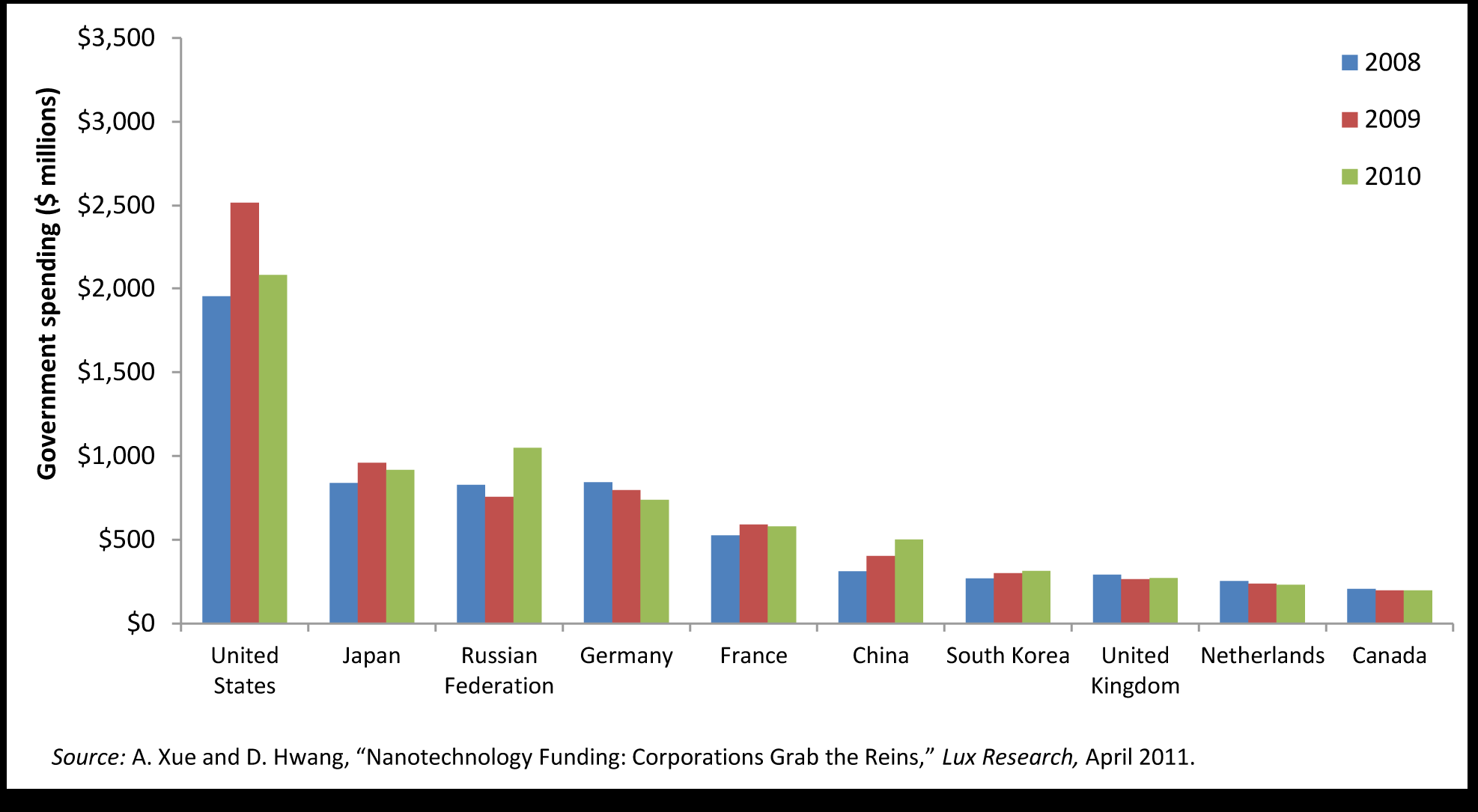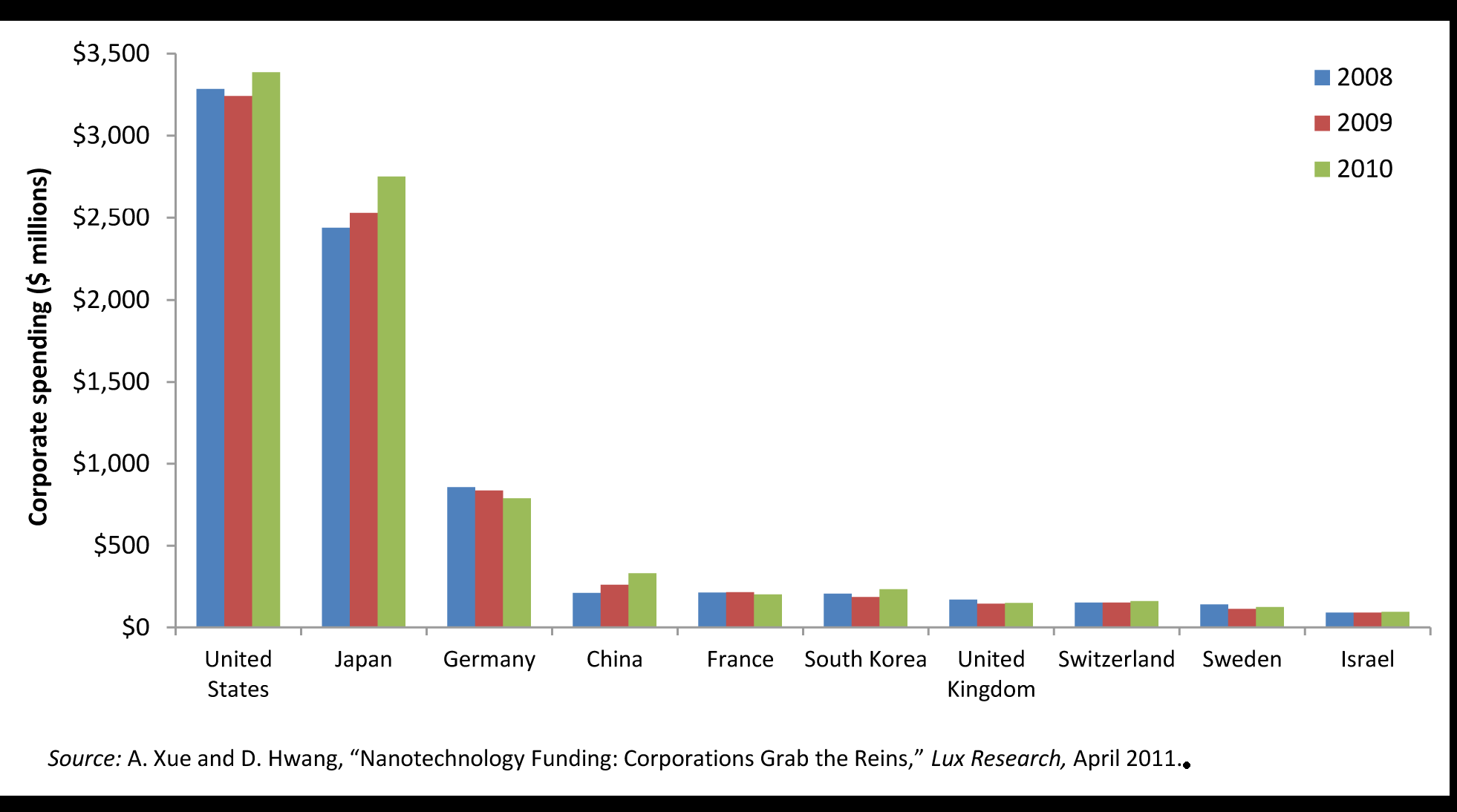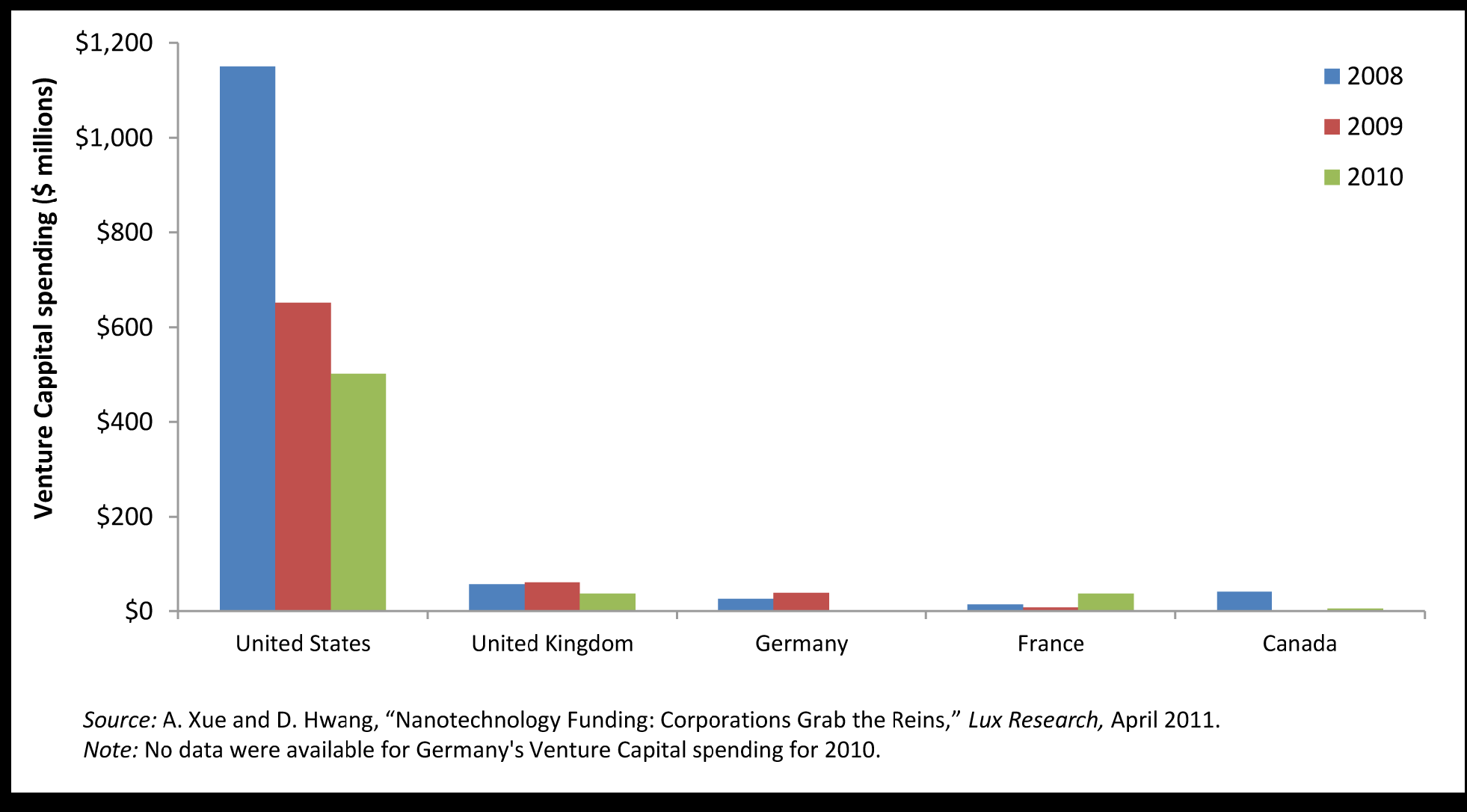Violence in pursuit of a cause is not unusual. With a goal in sight, often it’s freedom of one kind or another, people will revert to violence to achieve their ends, especially when they feel there are no alternatives and/or are under attack. However, violence in pursuit of some vague worldview is more difficult to understand (at least, it is for me).
An anarchist group (ITS, aka, Individuals Tending to Savagery) has again claimed ‘credit’ for violence against scientists in Mexico. From Robert Beckhusen’s Mar. 12, 2013 article about the ITS and the violence for Wired magazine (Note: A link has been removed),
Over the past two years, Mexican scientists involved in bio- and nanotechnology have become targets. They’re not threatened by the nation’s drug cartels. They’re marked for death by a group of bomb-building eco-terrorists with the professed goal of destroying human civilization.
The group, which goes by the name Individualidades Tendiendo a lo Salvaje (ITS), posted its manifesto to anarchist blog Liberacion Total last month. The manifesto takes credit for a failed bombing attempt that month against a researcher at the Biotechnology Institute at the National Autonomous University of Mexico. And the group promises more.
ITS posted on Feb. 18, 2013 on the War On Society blog something called the Seventh communique from Individualists Tending toward the Wild (ITS) (Gabriella Segata Antolini is named as the poster)
The aim of this text is to make our stance clear, continuing the work of spreading our ideas, clearing up some apparent doubts and misinterpretations, as well as accepting mistakes and/or errors. In no way do we want to start an endless discussion that only takes up time and energy, nor do we want this text to turn into something other than what it is. Anyone who reads it will be able to interpret correctly (or incorrectly) what they are aiming to read; the intelligent reader will know to reflect and consequently do what seems right to them.
ITS is not going to cover every person or group’s forms of thought, but the ones we respect, that we tolerate, is something else; the ideas, doctrines, stances (etc) that deserve critiques (because we are in disagreement with them [being that they cover discourses that are leftist, progressivist, irrational, religious, etc]) will be mentioned in this way; the ones that don’t, we will let pass or agree with.
All the texts that ITS has made public are not for society to “wake up and decide to attack the system,” they are not to forcibly change what the others think, nothing like this is intended; the lines we write are for the intelligent, strong individuals who decide to see reality in all its rawness, for those few who form, think and carry out the sensible critique of the highest expression of domination–the Techno-industrial System (a).
And so that our words, critiques, clarifications and statements are made known as they have been spread up to now, we have decided (until now) to take the next step, which has been to attack and try to kill the key persons who make the system improve itself. [emphasis mine]
This is the only viable way for radical critiques to emerge in the public light, making pressure so this discourse comes to the surface. We are extremists and we act as such, without compassion, without remorse, taking any means to reach our objectives.
It’s a lengthy, rambling communiqué that provides little insight into what would motivate anyone to “attack and kill.”
Beckhusen attempts to make some sense of the situation in Mexico with references to the Unabomber (a US citizen who developed a radical critique of technology and bombed various facilities) and trends within Latin American societies.
In a couple of 2012 articles for Nature (May 28, 2012 and Aug. 29, 2012), Leigh Phillips discussed and tried to make some sense of the ITS attacks in Mexico and the attacks in Europe, which were carried out by different extremist groups who do not appear to be connected, by giving it a global perspective.
Meanwhile, nanotechnology continues to be practiced and discussed in Mexico. A Mar. 13, 2012 news item on Azonano notes a recent meeting,
Nano Labs Corp. is pleased to report on the Fifteenth Meeting of the ISO/TC 229 Nanotechnologies Conference held last week [Mar. 4 – 8, 2013?] in Queretaro City, Mexico.
Nano Labs was proud to sponsor two important events in the field of international regulations of nanotechnology, in the colonial City of Queretaro, in Central Mexico. The first was a joint Organization for Economic Co-operation and Development (OECD)/ International Organization for Standardization (ISO) Expert Meeting on Physical-Chemical Properties of Manufactured Nanomaterials and Test Guidelines, and the second the 15th Meeting of ISO/TC 229 Nanotechnologies by the ISO Secretariat.
“… One of the major issues of the ISO conference is to establish a global ISO standard and regulate the safety issues related to the production and uses of nano particles in the manufacturing process on a global scale,” stated Dr. Victor Castano, Chief Innovations Officer of Nano Labs, who attended the conference.
Mexico also recently hosted a conference for the European Commission’s NanoForArt project, which I mentioned in a Mar. 1, 2013 posting,
The Feb. 2013 conferences in Mexico as per a Feb. 27, 2013 Agencia EFE news item on the Global Post website featured (Note: Links have been removed),
Baglioni [Piero Baglioni, a researcher and professor at the University of Florence] and Dr. Rodorico Giorgi, also of the University of Florence, traveled to Mexico earlier this month to preside over a conference on Nanotechnology applied to cultural heritage: wall paintings/cellulose, INAH [Instituto Nacional de Antropología e Historia] said.
I don’t know that there is any sense to be made of the situation in Mexico (certainly I can’t do it). The ITS communiqué doesn’t provide much insight. My guess is that this is a small group of people who will seem rather pathetic once they are caught—any power derived from their clandestine, violent activities disappeared.
For my previous postings about the bombings in Mexico:
Nanotechnology terrorism in Mexico? (Aug. 11, 2011)
In depth and one year later—the nanotechnology bombings in Mexico (Aug. 31, 2012)
ETC group replies to Nature’s “Nanotechnology: Armed resistance” article (Oct. 11, 2012)
While this isn’t strictly speaking on topic, I did cover a fascinating study on right wing violence in this posting,
Higher education and political violence (Sept. 23, 2010)


